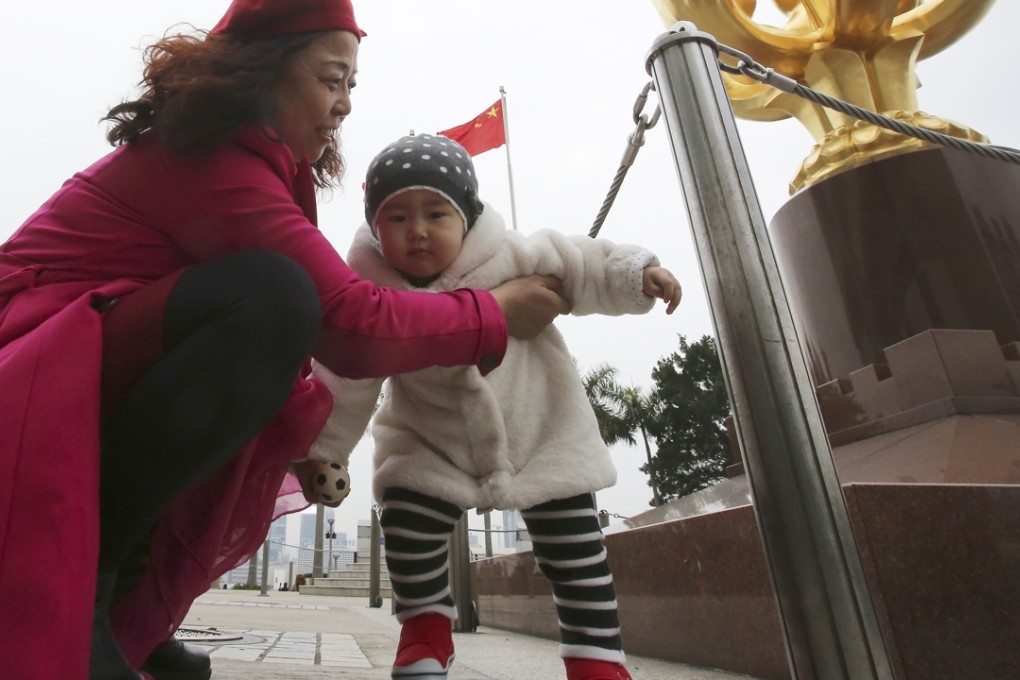Outside In | Hong Kong should welcome mainland Chinese tourists
We need to build a transport infrastructure that is second to none

As a child, I remember those epic David Attenborough natural history programmes about the vast April migrations of wildebeest over Tanzania’s Serengeti plain – in particular the images of that tide of frantic bovine flesh plunging into the Mara River across the jaws of feasting crocodiles.
Every year, as New Year comes around, I remember that awesome migration – and compare it with the world’s hugest human migration – that of China’s migrant workers back to their ancestral villages. This year, Beijing officials estimate that 2.9 billion journeys will be made over the 40 day holiday travel period from January 24. That is 1,500 times as many as the 1.7 million wildebeest that journey northward across the Serengeti Plain every year. It is easy to imagine Guangzhou railway station as an urban equivalent of the Mara River – though I prefer not to imagine the Lunar New Year equivalent of the Mara crocodiles.
The Lunar New Year migration is expected to involve 3.6 per cent more people this year than in 2015 – a mere addition of 100 million journeys. No wonder the government has agreed to build 57,000 new tourist toilets. I am less sure about the new register of “indecent tourist behaviours”, intended to “lay an institutional foundation to enhance the supervision and regulation of ill-behaved tourists”.
If these homeward pilgrimages count as tourism, then it is easy to see how the numbers surrounding China’s tourism sector bust all of my fuses. They point ineluctably to a future not far from today where China’s tourists will be the staple of every tourism industry in just about every country in the world. In 2015, China recorded 4 billion domestic tourist visits and 120 million outbound visits. Compare that with 66 million Americans that made foreign trips, and 16 million Japanese.
Inside China, it is easy to see how the domestic services sector is expanding as it is and how tourism sits at the heart of efforts to grow domestic consumer spending. The National Tourism Administration says that travel and tourism now account for 10.1 per cent of China’s GDP – and 10.2 per cent of jobs. To my surprise, the biggest tourism destination was neither Beijing nor Shanghai, but Chongqing. Anyone who can explain that one deserves the prize of a second visit to Chongqing.
Despite the best self-destructive efforts of a xenophobic minority to make mainland visitors unwelcome, I see no possibility that this flow will dwindle any time soon
But for most of us, it will be the global surge of Chinese travellers that will shock the most. The National Tourism Administration says the Chinese travellers contributed 13 per cent of global tourism revenues, and accounted for 10 per cent of the 1.2 billion international travellers in 2015. Still the large majority of Chinese tourists are travelling on group tours, with just 49 cities allowed individual travel to Hong Kong. In a country with 142 cities with a population over 1 million that leaves an awful lot of Chinese who today are still not allowed to plan individual holidays to overseas destinations.
